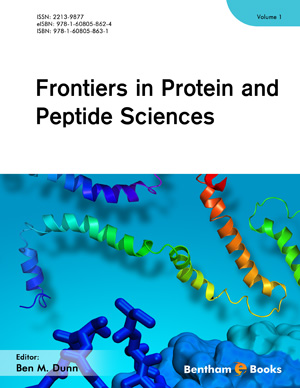Abstract
In recent years, there have been an increasing number of investigations of the pathways involved in the metabolism of endocannabinoids (eCBs) following the discovery of cannabinoid receptors (CB) and their endogenous ligands, such as anandamide (AEA) and 2-arachidonoylglycerol (2-AG). The in vivo biosynthesis of AEA has been shown to occur through several pathways mediated by N-acylphosphatidylethanolamidephospholipase D (NAPE-PLD), a secretory PLA2; α-β-hydrolase 4 (ABH4); glycerophosphodiesterase (GDE1); PLC; and lyso-PLD. 2-AG, a second eCB, is generated through the action of selective enzymes, such as phosphatidic acid phsophohydrolase, diacylglycerol lipase (DAGL), phosphoinositide-specific PLC (PI-PLC), and lyso-PLC. In the adult brain these enzymes are localized in the postsynaptic plasma membrane, consistent with their role in generating 2-AG for use in retrograde transmission. A putative membrane transporter is involved in the cellular uptake and release of eCBs. AEA is metabolized by fatty acid amidohydrolase (FAAH), while 2-AG is metabolized by FAAH, monoacylglycerol lipase (MAGL), and serine hydrolase α-β-hydrolase domain 6 and 12 (ABHD6 and 12). The author presents an integrative overview of current research on the enzymes involved in the metabolism of eCBs and discusses possible therapeutic interventions for various diseases, including addiction.
Keywords: Endocannabinoids, CNS, NAPE-PLD, MAGL, CB1 receptors.






















